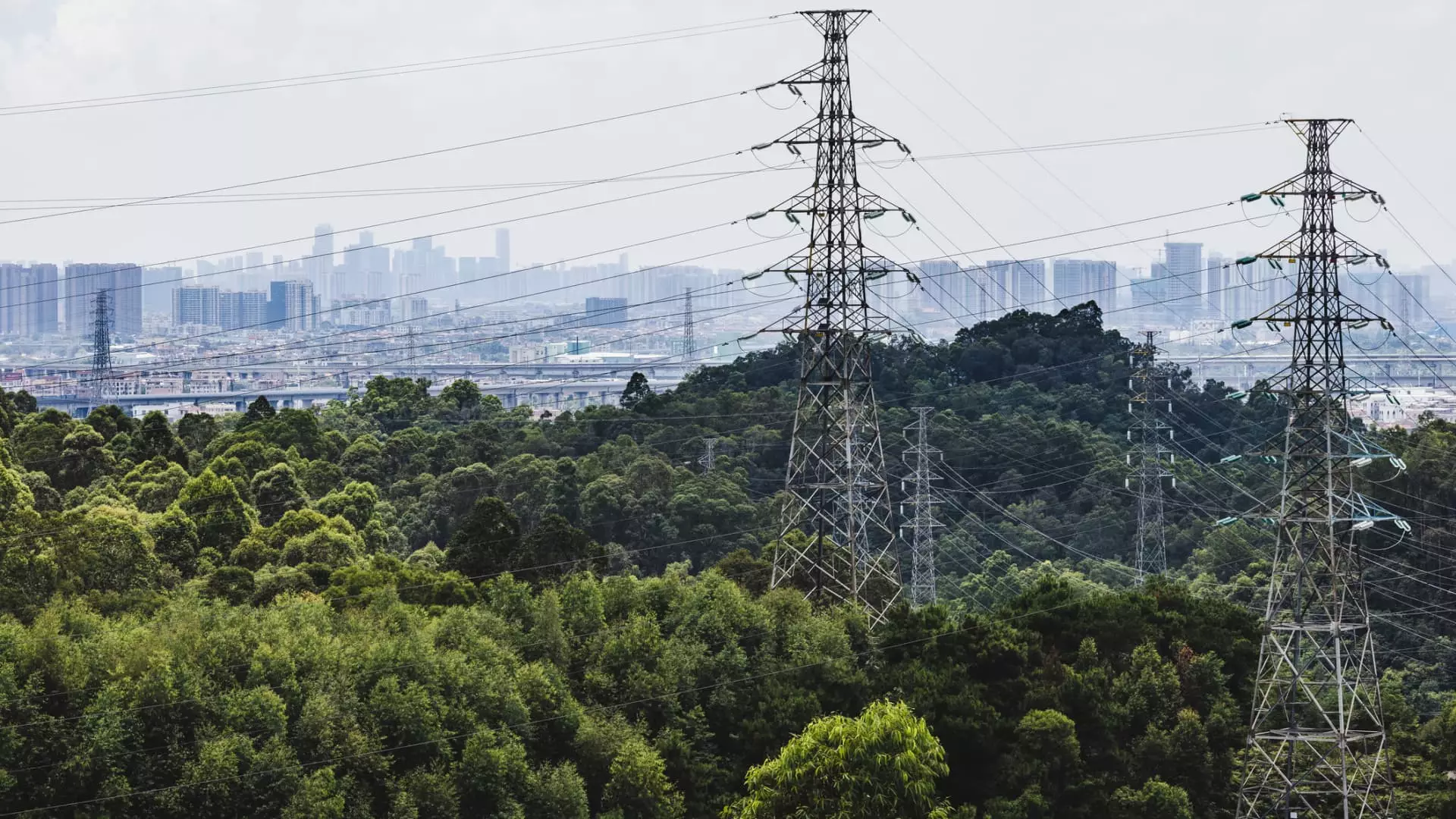In an era where financial stability seems increasingly precarious, the relentless rise of electricity prices in the United States is a stark reminder of how vulnerable consumers are to the shifting tides of supply and demand. While the broader inflation rate may appear to be tapering off, the surge in electricity prices tells a far more unsettling story. Just recently, reports have indicated that the cost of electricity saw a 4.5% increase over the past year, nearly doubling the inflation rate affecting other goods and services. This discrepancy highlights an alarming trend that appears to be set to continue through 2026, leaving American households grappling with mounting energy bills just as they begin to emerge from the grips of economic uncertainty.
The narrative behind rising electricity costs is deceptively simple; it intertwines supply chain disruptions, energy consumption patterns, and failing infrastructure. David Hill from the Bipartisan Policy Center provides a sobering analysis—it’s not just about economics; it’s about the inherent imbalance in our energy system. As demand surges, particularly fueled by modern complexities such as “electrification,” the pace of electricity generation has been sorely lagging. Simply put, we’re living in a moment where energy demand is rapidly shifting, and our infrastructure is not keeping pace.
Regional Disparities: An Unequal Burden
As if the national implications weren’t distressing enough, the situation worsens when we delve into regional disparities. The average American household now spends approximately $1,760 annually on electricity—a figure that can range dramatically based on geographic location and electricity consumption patterns. For instance, while residents in North Dakota might enjoy relatively low rates of around 11 cents per kilowatt-hour, those living in the Pacific and New England regions face eye-watering rates, reaching up to 41 cents per kilowatt-hour. This cruel twist of geography places an unfair burden on those in higher-priced regions, leaving them to shoulder the financial strain disproportionately.
One might argue that electricity prices should be uniform across the nation, yet regional pricing mechanisms dictate otherwise. Joe Seydl, a senior economist at J.P. Morgan, emphasizes that the price of electricity is locally determined, which only deepens the inequitable impacts of this energy crisis. Pricing chaos could soon erupt in the very regions where residents are already struggling to pay their bills. As retail electricity prices are projected to rise by 13% nationwide through 2025, certain regions could see even steeper hikes that compound existing economic disparities.
Demand Breeds Complications: The Data Center Dilemma
Another critical player in this unfolding drama is the explosion of demand fueled by technological advancements. The rise of data centers, the vast warehouses housing servers powering cloud computing and AI, is a double-edged sword. While these entities have transformed the technological landscape, their insatiable appetite for energy—that tripled to 176 Terawatt-hours in just a decade—illustrates a future where electricity consumption could dwarf the manufacturing demands of traditional industries.
To compound concerns further, predictions indicate that by 2028, data centers may consume as much as 12% of the nation’s electricity supply, an astonishing leap from just 4.4% in 2023. Jennifer Curran from the Midcontinent Independent System Operator aptly encapsulates the unexpected growth of demand spurred by innovations like artificial intelligence. What once seemed like a boon could soon spiral into a catastrophic strain on our already fragile grids.
Failing Infrastructure: An Energy Sector in Crisis
As we grapple with rising prices and demand surges, the infrastructure supporting our electricity grid emerges as another weak link. Experts warn of an aged grid that is struggling under the weight of modern demands. Michael Cembalest, chairman of market and investment Strategy at J.P. Morgan, highlights the critical need for modernization and expansion of the transmission network, which has stagnated and fallen woefully short of the Energy Department’s benchmarks.
In a cruel irony, as demand for electricity spikes, so too does inflation for the very equipment needed to bolster our energy infrastructure. With transformers nearing the end of their utility and facing excessive delivery times, the energy landscape looks more and more like a house of cards teetering on the edge. The challenges posed by climate change, with increasing instances of hurricanes and floods disrupting infrastructures, only exacerbate our vulnerabilities.
The intersection of rising costs, spiraling demand, and crumbling infrastructure creates a grim picture of the future for American households reliant on affordable electricity. With each passing day, more families may find themselves caught in a whirlwind of financial despair, struggling to keep their lights on in an environment that has become increasingly hostile to the average consumer.

